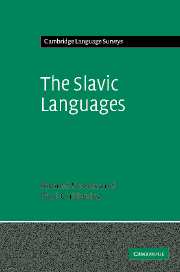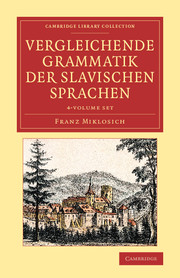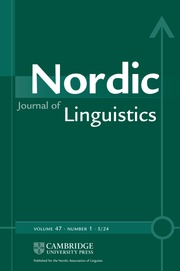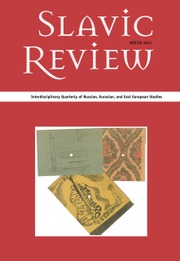The Slavic Languages
Including Bosnian, Russian, Polish and Slovak, the Slavic group of languages is the fourth largest Indo-European sub-group. Spoken by 297 million people, it is one of the major language families of the modern world. This book presents a survey of all aspects of the linguistic structure of the Slavic languages. Roland Sussex and Paul Cubberley cover Slavic dialects and sociolinguistic issues, and the socio-historical evolution of the Slavic languages, in addition to general linguistic topics.
- Covers all aspects of the languages, so is a total, self-contained description
- Aimed at a wide readership, bridging the gap between specialist and non-specialist linguistic requirements
- Knowledge of Slavic languages is not required - all examples are transliterated
Reviews & endorsements
Review of the hardback: '… this is a thoroughly researched work of considerable value.' Slavonic and East European Review (SEER)
Product details
October 2006Hardback
9780521223157
660 pages
229 × 152 × 41 mm
1.13kg
Available
Table of Contents
- 1. Introduction
- 2. Socio-historical evolution
- 3. Phonology
- 4. Morphophonology
- 5. Morphology: inflexion
- 6. Syntactic categories and morphosyntax
- 7. Syntax: sentence structure
- 8. Word-formation
- 9. Lexis
- 10. Dialects
- 11. Sociolinguistic issues.









